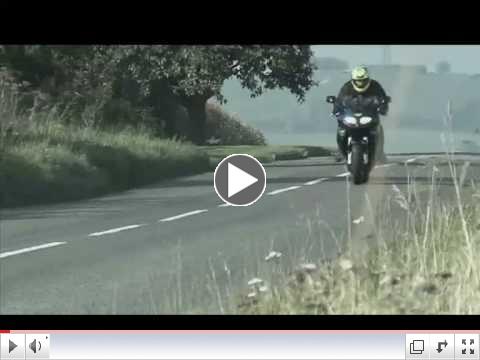Temperature in the Northeast is hovering around freezing. Is it a perfect time to go riding?
Most riders pack it up as soon as the weather starts getting cold. It’s understandable – for many, motorcycling is primarily a social activity, and who wants to hang out outside with friends in the freezing cold?
On the other hand, some riders keep going all year. If you’ve never done this, consider the following:
1. The roads are all yours. Few other riders out, means that your favorite roads will be empty of traffic.
2. Fewer Entanglements. Few other riders also means you will not be subject to the summer tradition of harassing roadside checkpoints conducted by the police.
3. Keep your skills sharpened! Riding through the winter means that when spring comes, you are at the top of your game. In fact, because your skills are so sharp, you will even more keenly be aware how dulled every other rider has become, once spring does bloom.
If you are riding this winter:
1. Today’s rain can become tomorrow’s black ice. If temperatures overnight dip below 32F, any water on the ground will be ice in the morning. This includes splashed-out puddles, drips from overpasses, and road defects. Expect ice anywhere and everywhere.
2. Cold tires can be slippery. Not only MotoGP racers are subject to lower traction from cold tires. In cold temperatures, you should be a bit easier on the gas and brakes for the first 20-30 minutes of your ride.
3. Clean that salt off! If your bike gets covered in salt from the road, try to wash it off before too much time has passed. Apply chain lube more frequently in winter to keep grit away.
4. Heated gear is a marvel. Buy yourself a heated jacket liner and heated gloves. There is no reason you can’t be warm as toast, even in February. You’ll wonder why you didn’t sooner.
The local government of Devon, UK produced a hilarious Attenborough-style documentary on the deleterious effects of hibernation on motorcyclists. Check it out:
 |
| Secret Life of Bikers |




